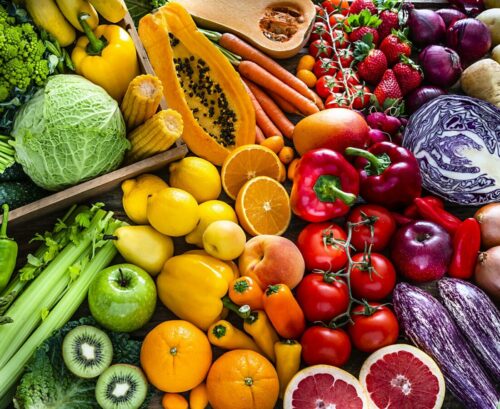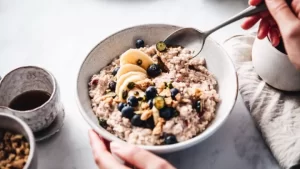You’ll hear from nutritionists that you should eat a variety of fruits and vegetables. Not simply because it looks good on the platter, either. Every color represents a distinct vitamin that our body need.
Phytonutrients are a general term for the nutrients present in plant-based foods. At least 5,000 phytonutrients are known, and there are probably many more.
What effect does each color have on our body and general health, then?
Carotenoids, which include compounds with the names lycopene, flavones, and quercetin, are a class of phytonutrients that give red fruits and vegetables their color. Their names aren’t as significant as what they do, though. Tomatoes, apples, cherries, melons, red grapes, strawberries, and capsicum all contain these carotenoids.
Antioxidants are what these carotenoids are known for. This name will be familiar to you, but you might forget what it signifies. You’ve undoubtedly also heard of “free radicals,” which are what this has to do with.
Free radicals are produced naturally in our bodies as a result of all regular bodily functions like breathing and movement, but they are also produced when people are exposed to UV light, smoke, air pollution, and industrial toxins.
Free radicals are unstable chemicals that can harm our body’s DNA, proteins, and cell membranes. Oxidation or oxidative stress is the term for this harmful but natural process. Ageing, inflammation, and illnesses like cancer and heart disease are all influenced by this.
Orange fruits and vegetables also contain carotenoids, but slightly different ones to red veggies (including alpha and beta-carotene, curcuminoids, and others). These are found in carrots, pumpkins, apricots, mandarins, oranges and turmeric.
Alpha and beta-carotene are converted to vitamin A in our bodies, which is important for healthy eyes and good eyesight. Vitamin A is also an antioxidant that can target the parts of your body made of lipids (or fats) such as cell membranes.Antioxidants are crucial because they “mop up” free radicals that develop in our bodies.
Yellow fruit and vegetables also contain carotenoids, but they also contain other phytonutrients including lutein, zeaxanthin, meso-zeaxanthin, viola-xanthin and others. These are found in apples, pears, bananas, lemons and pineapple.
Lutein, meso-zeaxanthin and zeaxanthin have been shown to be particularly important for eye health and can reduce the risk of age-related macular degeneration, which leads to blurring of your central vision.






